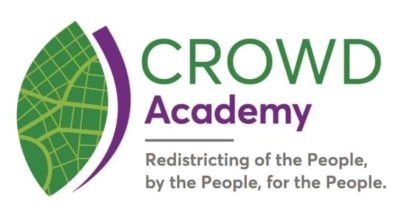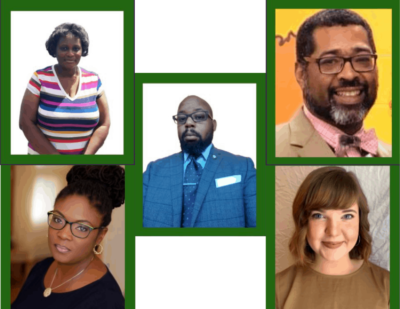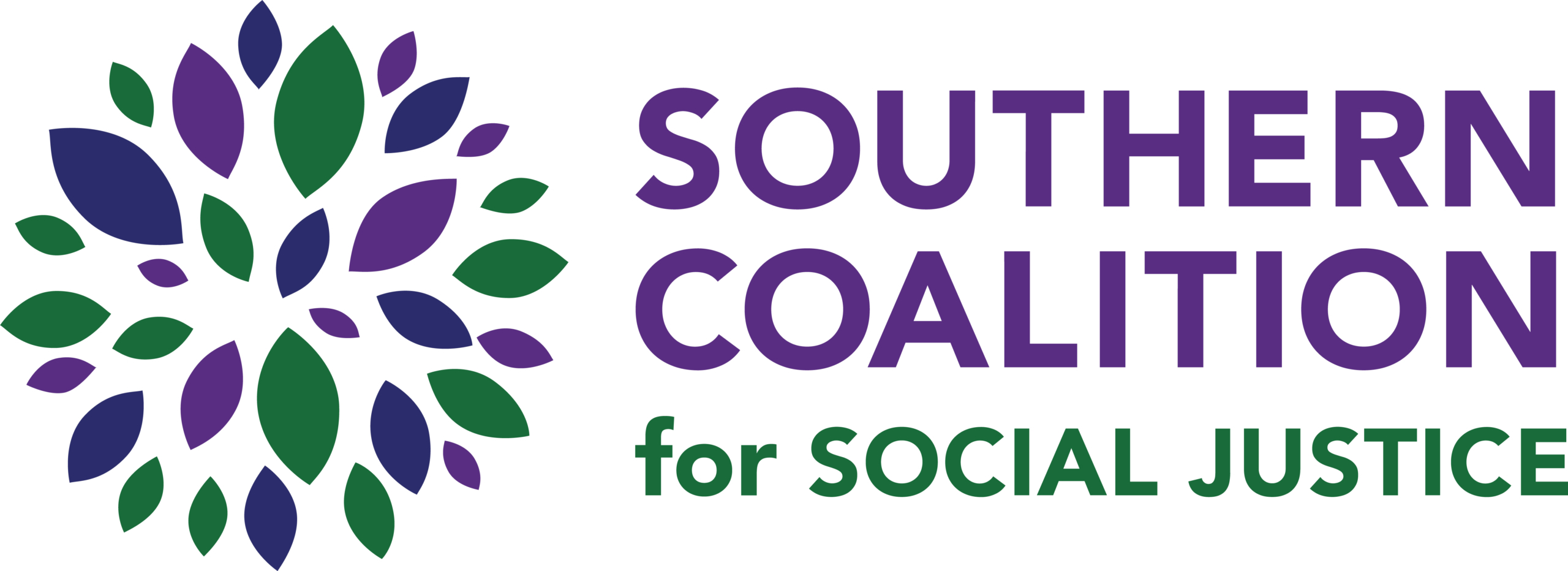Redistricting happens every 10 years and determines how communities are created, what districts we live in, who represents us, and how those representatives will allocate resources for our communities.
CROWD Academies
The 2021 redistricting cycle kicked off in the summer when 2020 Census results were delivered to the states. For over a year, SOLVE Partners have led Community Redistricting Organizations Working for Democracy (or CROWD) Academies, hosting 31 multi-day workshops which have equipped over 1,000 people (our CROWD Scholars) and 150 organizations across eight Southern states with the skills to educate their communities about the redistricting process. Moreover, we’re providing intensive training and mentorship to 25 CROWD Fellows tasked with monitoring map-making in communities across the state while helping Southerners draw alternative state and local maps yielding the resources and representation they deserve. Together we are mobilizing greater participation in the redistricting process to pressure state and local electeds to create a transparent process, draw fair districts that protect our communities of interest and establish a clear record of community demands, so that we can challenge any attempts to rig the process.


Gerrymandering
Gerrymandering occurs when state legislatures purposefully draw district boundaries to give an advantage to a particular group or party — or put an opposing party or group at a disadvantage.
Partisan Gerrymandering
Partisan gerrymandering is used to discriminate against a political party. This prevents opposition parties from gaining enough voters to represent a viable alternative point of view, and leads to the formation of political monopolies. Even if a district’s shape does not look strange, its population can still be engineered to elect certain politicians.
Racial Gerrymandering
Racial gerrymandering is the intentional segregation of voters based on race. States have traditionally used “cracking” to weaken the political power of communities of color: breaking up communities of color into multiple districts, ensuring that there are not enough voters of color in any one district to elect their candidate of choice. As communities of color grow, states have also used “packing:” concentrating voters of color into just a few districts, thereby weakening their political power elsewhere. With fewer opportunities to elect candidates of their choice, communities of color lack adequate representation in local, state, and federal government.
Prison Gerrymandering
Prison gerrymandering is when incarcerated people are counted by the U.S. Census Bureau in the place where they are detained instead of their home communities. As a result, this practice of “prison gerrymandering” transfers political power from densely-populated urban areas to more sparsely populated rural hubs and contributes to the systemic under-representation of disproportionately-incarcerated Black and Latinx communities. Prison gerrymandering receives the most attention at the state and national levels, but is also a local issue that can be prevented by counties, cities, towns, and school district officials.
